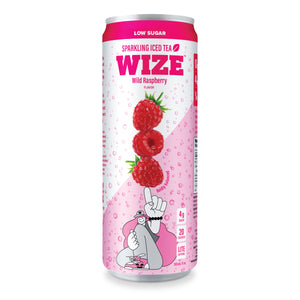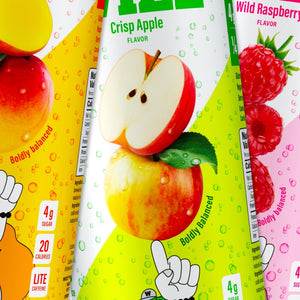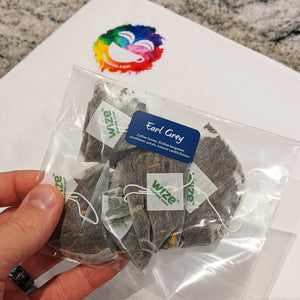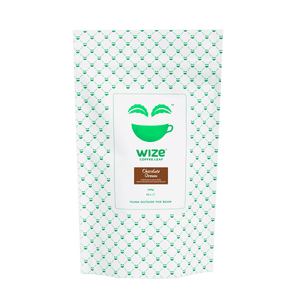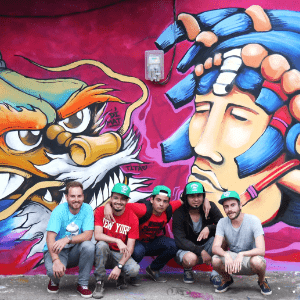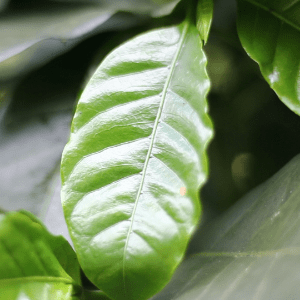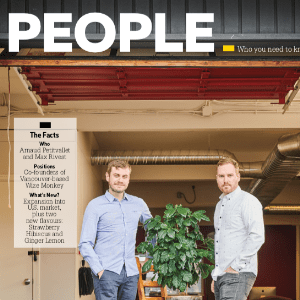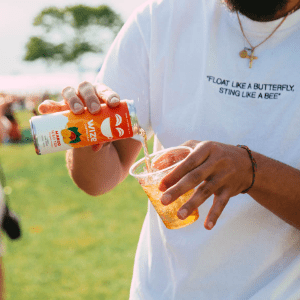Please share this article! It is also posted here on Medium.com
It was International Coffee Day last week. Cafes around the world were celebrating by selling discounted coffee, showing off ‘instagrammable’ latte art, and glorifying the roasted bean that has been harvested for centuries by hard-working coffee farmers around the world. Yet, the coffee industry is in critical condition and no one is talking about it.
The volatility of coffee prices on the global market and the seasonality of harvesting has always left farmers vulnerable, but right now it is worse than ever before. The common question we get about this is “If it’s so bad, why isn’t it on front page news?” We believe it’s because the inconvenient truth of the industry is a bitter pill to swallow, and no coffee brand wants to show people what’s really going on at the farm-level as it doesn’t lend to their brand. They preach fair practices and paying farmers above-market value for their beans, but it doesn’t really matter when the market value is so low that farmers are still losing on every sale regardless of the added premium.
Scroll to the end of this article to read about our pilot project that solves this problem, or read through for the full details.
Buying power is killing the viability of coffee farming
In many cases, coffee farmers are the local leaders and when they leave, the social fabric of their communities essentially dissolves as everyone heads for better pastures and eviscerates what jobs were still available. Many of the major coffee brands (premium ones included) have been recently consolidated through acquisition, and shareholders of these conglomerates apply pressure to get immediate returns, which then translates to coffee buyers forcing farmers to sell at even lower prices for more volume. In the coffee world, buying power and bullying is the name of the game, and it’s mimicking the ‘behemoth conglomerate vs local business’ clash that we’ve all seen happen in North America and abroad.
The coffee industry has seen significant consolidation with closely held investment firm JAB Holding Co. spending more than $30 billion buying companies including Peet’s Coffee, Keurig Green Mountain and Caribou Coffee. Nestle SA and Italy’s Lavazza have also jumped on the bandwagon. With increased competition, industry executives say there’s been a focus on cutting costs and buying cheaper beans. Bloomberg.com
Migration is the not-so-new normal
In 2014, we interviewed Nicaraguan growers about this, but it’s been happening much longer than that. The first price-related coffee crisis happened in the early 2000s when Vietnam over-produced so much coffee that global prices crashed. In Nicaragua, it got so bad that the growers left the farms because even if they produced it, they would sell at a loss. In order for the country to avoid complete insolvency, the Nicaraguan army was employed by the government to pick coffee so they could make at least a small sum off of the exports. Not to mention that there was rampant hunger, medical, and housing issues that caused many children to die due to malnutrition. The country’s economy is so tied to coffee that four banks defaulted in the early 2000s during this first crisis: BCP, InterBank, BanCafe, and BANIC. Can you imagine the chaos that would ensue if four major banks defaulted in your country? This was not exclusive to Nicaragua either; the crisis affected all Central American producers, their families, and regional economies.
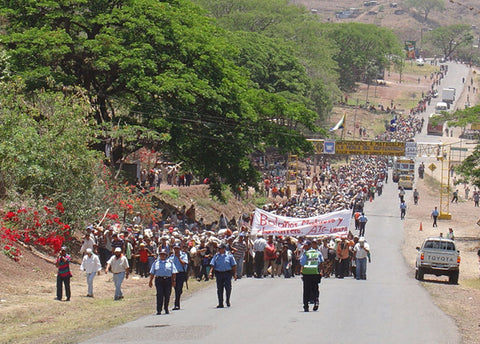
Nicaraguans marching from Matagalpa to Managua, the capital city, in demand of medicine, food, and shelter to help them survive the coffee crisis of the early 2000s. They were called “Las TUNAs”, named after the school where they signed an agreement with the government to provide support.
This new coffee crisis has become so critical that the Specialty Coffee Association (SCA) has created a task force to help tackle the pricing issue across the globe. Vera Espindola Rafael, one of their directors and industry experts, discussed this issue in a recently aired webinar. What is immediately remarkable is the fact that farmers are abandoning crops and don’t have year-round income to make ends meet;
They are not maintaining their farms as they should. They simply do not have the income to maintain what they have. There are producers leaving their fields, homes, and families to find a better life somewhere else. [In Honduras] 4% don’t know where they are going to go, 20% are going to the capital, 44% are going to the US, and a small portion are moving around the country.
It’s a sad reality that, as a sector, we are unable to stop it from happening, we let it continue to happen, and it will still continue in the upcoming harvest season. — Vera Espindola Rafael, SCA Director (see full webinar here)
When you compound the volatile global pricing with climate change creating wildly variable yields from year to year, and the general seasonality of a 3-month bean harvest, you have a perfect storm causing growers to abandon their farms and migrate elsewhere. This is reflected very obviously in the migrant caravans heading to the US over the last few years. An article in Quartz titled ‘The surprising way coffee is fueling migration to the US’ highlights this very well (edited for continuity):
The international price of coffee hasn’t been this low in over a decade. As a result, thousands of coffee farmers, and sometimes their entire families, are abandoning their land or their employment on coffee farms and heading north.
Coffee futures are currently at roughly $1.03 per pound, while the cost of production for a pound of coffee right now is about 85 cents in Guatemala. Other estimates put the cost of production as high as $1.40. Approximately 70% of that cost is labor.
What it all boils down to is a price for coffee, after costs, “that cannot support families.” The price was well above $3.30 in 1977; it was hovering around 99 cents at the end of 2018. (Quartz)
A recent BBC article highlights the growing crisis. Ritu Prasad interviews Chuck Jones who owns a roastery and cafes in California:
The “boom and bust cycles” of coffee pricing unfairly hurt growers like [Chuck’s] cousin, who stand to make money only a few times each decade, especially given the access to cheaper options in the commodity market.
“As a buyer, I can easily replace that [coffee],” he adds. “But it hurts because it’s my cousin, and he’s losing his source of income. He’s middle aged and he’s been living off of the farm.
“Even though my cousin is a high quality, specialty coffee producer, he’s still going to lose the farm because of the systems in place to prevent him from being able to succeed.” (BBC)
If we don’t raise prices at retail, average and premium coffee will disappear
It’s disheartening to know that the 25 million coffee growers worldwide are under extreme pressure even if they produce the second-most traded commodity and third-most consumed beverage on Earth (water being first and tea being second). What does this mean for our globalized future? How are staple commodity farmers going to keep supplying our growing population? Will the market price eventually correct itself once all the growers leave and supply becomes short? That may not even happen considering that the only producers likely to survive in this era are the massive industrial-scale farms that are mechanized like in Brazil. Will craft coffee shops start charging $10 per cup like they probably should? Or will they simply start closing because consumers don’t want to pay that much for a proper espresso or drip coffee? As a society, if we do not accept a higher cost per cup of coffee, we will continue to destroy the coffee industry as we know it. This is especially affecting the premium bean producers because they can’t sell enough volume to make ends meet; none of the buyers can pay more since customers don’t want to absorb the cost.
The only exception here is Starbucks, as they just announced a $20M increase in payments for Central American growers knowing that the current market price is not sustainable. This is still, however, a temporary band-aid and doesn’t represent a long-term holistic solution to this imbalance.
“The desire would be that the market has some correction. That would be the ideal state,” Burns said. “If the coffee crisis on pricing continues, we will look at both what we do on the financial side as well as our continued work with what we do with trees.” - Michelle Burns, SVP of global coffee and tea at Starbucks (Bloomberg)
Maybe $10 billion will fix this
With so many stakeholders involved, potential solutions need to be scalable so they can apply to each producing country and versatile enough for small and large farms. Columbia’s Jeffrey Sachs proposes to create a $10B fund to help prop up farmers and inject cash into the viability of the industry itself. This would help lift the producers above water and start to invest in their future; the only challenge is, who has $10 billion to spare?
The solution is actually right in front of us
What if I told you that there is a solution that: a) doesn’t require raising $10 billion, b) the growers already have it in their possession, c) it can create year-round income and new skilled jobs, and d) mitigate hunger and migration during the 9-month off-season? My friends and I have made it our lives’ work to accomplish this, and our pilot project with Wize Monkey in Nicaragua is working impeccably well for the growers. The secret? We use the extra leaves of the coffee plant to make Coffee Leaf Tea. The leaves are very rich in healthy compounds, lightly caffeinated (same as green tea), create incredibly smooth refreshing tea, and make use of the excess pruned leaves during the 9-month off-season. To be clear, we are not stripping plants of leaves, that would defeat the entire purpose of making a year-round industry.

By applying some simple traditional tea-crafting techniques (wither, roll, oxidize, ferment, dry), coffee leaves turn into a uniquely refreshing drink that never gets bitter, unlike regular tea. Coffee leaves have much less tannins, therefore the steeped drink itself never gets bitter even if you steep them for hours. It’s a very rare quality to have in caffeinated tea, and it’s what makes Coffee Leaf Tea unique.

The coffee leaf can be processed thousands of different ways. On top of that, using different sub-varietals of arabica leaves reveal subtle differences in flavor notes, increasing the complexity and diversity of Coffee Leaf Tea and its overall spectrum of tastes.
Coffee Leaf Tea has been used in ethnomedicine for centuries and we’re just uncovering it’s true potential
Coffee Leaf Tea has been consumed in Ethiopia, the birthplace of arabica coffee, for three to four centuries due to its various health benefits. In 1864, John Shortt wrote about Coffee Leaf Tea being created in Southern India. In 1873, the Chambers’ Journal wrote about Coffee Leaf Tea in Sumatra, how it was their “national drink” and how they “found it invaluable, giving immediate relief to hunger and fatigue, and clearing the brain of its cobwebs.” In 1892, the American Journal of Pharmacy mentions “good crops of coffee leaves could be obtained where it would be risky or even impossible to produce berries.” Coffee Leaf Tea isn’t exactly new, we just figured out the best way to make it with tea processing techniques, rendering a delicious version of what has already been around for the last 300+ years.
There is a rare compound named mangiferin that is present in the coffee leaf that has been shown to have several health-endorsing properties such as antioxidant, antimicrobial, antidiabetic, antiallergic, anticancer, hypocholesterolemic, and immunomodulatory. It has also been isolated and tested in a human trial, which revealed to be helpful in boosting fat oxidation and increasing ketone levels (keto dieters, rejoice).
Beyond mangiferin, Coffee Leaf Tea as a whole has been shown to have potential applications for managing inflammation and also having a dual-effect on nitric oxide production. For context, nitric oxide is a signaling molecule in many physiological and pathological processes. It was proclaimed the “Molecule of the Year” in 1992, and the 1998 Nobel Prize in Physiology or Medicine was awarded for discovering nitric oxide’s role as a cardiovascular signalling molecule. Coffee Leaf Tea can solve the coffee industry’s woes and it has some impressive benefits that researchers around the world are still uncovering as we speak.
Theory in practice: using the leaves has saved our producer’s farm
Not only has it has won industry awards for taste (World Tea Expo, Specialty Food Expo, NEXTY Awards) and created a new revenue stream from a by-product, it’s also creating new skilled jobs for farmers as now they are learning to craft teas and adding value at origin, instead of solely shipping unroasted coffee beans to cafes that add value at the end of the line by roasting in-market. Now, with Wize Monkey, we’re selling Coffee Leaf Tea (CLT) across North America and it has given our co-founder and farm owner Enrique much-needed off-season income. How do we know this? He’s one of the only remaining producers still in operation in Matagalpa, the coffee capital of Nicaragua. Most of the other farmers have all stopped or left the country and joining the migrant caravans to the US.
Every year we’ve managed to employ more people: starting with 5 people, to 25, and now over 120 working in the off-season. The majority of these workers are mothers keen to give their children the opportunity to stay in school rather than seek odd jobs early or stay at home to take care of their younger siblings to help support the family. During the coffee off-season, it has become common to have a 7 or 8 year old child be the caretaker of a newborn while the parents go find work. This is the harsh reality that Wize Monkey is starting to reverse. Many of the workers we’ve met and spoken with regret dropping out of school before the age of 12 and have since started going back to school at age 35+ in grade 4 or 5 to make up for lost time. By making the most of the coffee plant, we can maximize the farms productivity and create a holistic solution to improve all socioeconomic factors in the coffee industry worldwide.

Enrique, our co-founder, and his wife Guiselle live on the farm in Nicaragua with their two 1-year old twins. They are one of the only coffee producers remaining in operation in the national capital of coffee, Matagalpa.
The long-term vision: local producers taking back control and capturing value
The traditional tea industry has been around for thousands of years and local tea masters in Asia are revered for their unique crafting methods. We see the same vision for the coffee industry; Enrique has already spearheaded various crafting methods largely inspired by traditional tea techniques. We’ve made CLT batches using the same methods of traditional tea like green, oolong, black teas, and we currently have two batches aging in rum barrels. We can source from different countries, climates (terroirs), and producers can craft with different methods using their own creativity. This creates unlimited variety and complexity in flavors. In our preliminary batches, we found that you can notice the difference in flavor when using different sub-varietals of arabica coffee leaves. Some types make a more floral and delicate flavor profile (great for green tea method), while others are sweeter and rounder (great for oolong or black tea style), and a few of them are quite earthy (perfect for darker and aged teas).
We know this innovative model works, and the possibilities are truly endless; the trick is employing it on a scale wide enough to save an entire industry. We envision a future where CLT is the new craft beverage, entering the ranks of quality and complexity similar to traditional tea, kombucha, coffee, and even wine. The product will create the demand that ultimately corrects a market failure that has gotten systematically and repeatedly out of control.
Let’s make the most of the coffee plant for the better of the grower and ourselves
This is a scenario where everyone wins. As consumers, we can enjoy an award-winning healthy beverage and support coffee growers to make better livelihoods for their children. This is why we decided to pursue this idea; through all the challenges and sleepless nights, we know that it’s working and helping people every day. We encourage you to try Coffee Leaf Tea and make tangible direct impact with every single delicious cup.

Cheers,
Max Rivest
Co-Founder, CEO of Wize Monkey Coffee Leaf Tea



